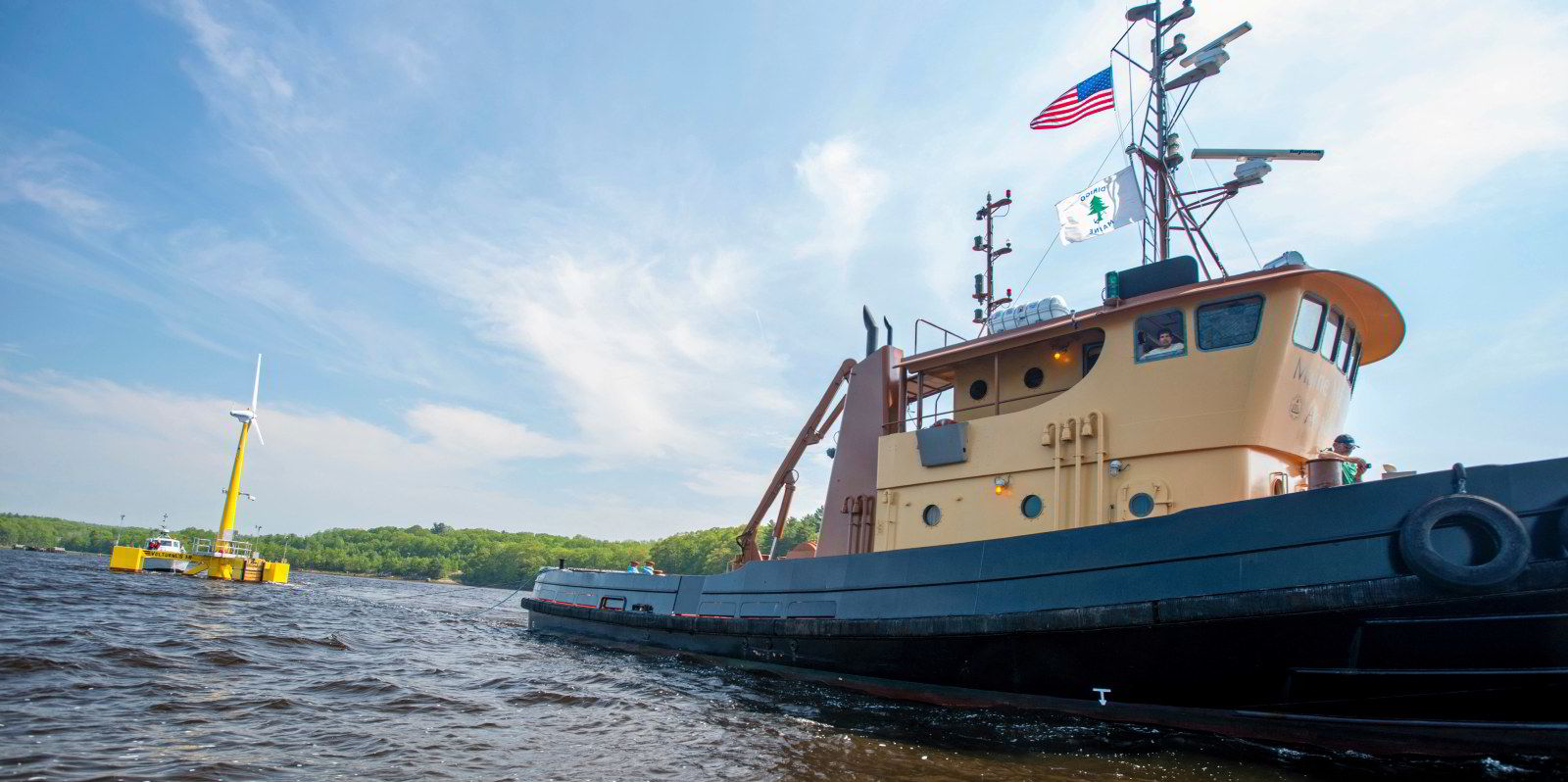It can be tough to be a US shipyard.
The demand for US commercial ships — the large, oceangoing bulkers, boxships, tankers and gas carriers that make up the backbone of global trade — is tiny on a global scale and many shipyards survive on a mix of government and commercial work.
That balance could be changing, though, with US President Joe Biden making a push for a massive expansion of offshore wind that would necessitate the construction of several purpose-built vessels at US shipyards.
Thomas Grunwald, commercial director at Philly Shipyard, said: “We’re really counting on this to create new markets in addition to the existing commercial markets.
"We expect it will round out the Jones Act market to help balance these cyclical effects we’ve seen. It will lead to more sustainability for US shipbuilding in general, but also for Philly Shipyard."
To create Biden's vision for offshore wind — which has the US generating 30 gigawatts of wind power by 2030 and providing electricity to 10m homes — projects will have to use at least a handful of US-flagged ships to satisfy the Jones Act.
The cabotage law, in place for more than a century, requires ships transporting goods between two points in the US to be built, owned and crewed by Americans.
At a minimum, the new offshore wind projects will need parts brought from shore to the under-construction wind farm, often necessitating specialised tonnage.
By ABS' count, the US could need as many as 38 new ships — 18 to 30 special operations vessels (SOVs) and between six and eight wind turbine installation vessels (WTIVs) — to hit Biden's target, although ABS senior vice president Matt Tremblay described the number as a moving target.
He said the 38-ship figure came from forecasts on turbine installation and project timelines.
"This is a little theoretical," he said, although he believes his forecast is fairly close to the actual number.
Tremblay said one factor that would impact the projects' newbuilding needs is the US government's timeline for approving projects to move forward.
Another is the project managers' decisions on what tonnage to use.
As it stands, there is one WTIV under construction at Keppel AmFELS in Brownsville, Texas, owned by Virginia-based Dominion Energy.
The $450m ship — the Charybdis — will begin work on two adjacent wind farm projects in the Atlantic west of Long Island: Sunrise Wind and Revolution Wind.

The ship will also work on Dominion's Coastal Virginia Offshore Wind project.
Vineyard Wind off Massachusetts took a different tack, planning to use a foreign-flagged WTIV fed by ships from Seattle-based Foss Maritime.
Tremblay said the offshore wind push would be positive for US shipyards and although unlikely to lead to a heyday for domestic shipbuilding, it could boost global influence.
He said there was room for innovation in offshore wind the same way there was in offshore oil production that saw the US push the industry forward.
Tremblay said capacity at US shipyards could be an issue, though.
However, Grunwald disagreed, telling TradeWinds that there would be ample capacity at US shipyards to meet the demands of the industry.
But he added that Philly Shipyard would be unable to take any commercial newbuildings until 2026, after it was done constructing the four merchant marine training vessels it won contracts for following its move to mixed commercial-government work in 2019.
He said the yard aims to outperform the contract, meaning slots could open sooner and that the yard had been in contact with various owners.
Courting Eneti for WTIV
Philly Shipyard has reportedly been shortlisted for a WTIV from Scorpio Group-backed Eneti.
"We’re seeing interest, of course, for many different kinds of vessels," Grunwald said. "We’re seeing interest for SOVs and feeder vessels and [WTIVs], all kinds of different vessels that will be needed.
"We're looking at it from two angles. One of them is the technical fit, the other is the existing backlog."
However, he said that if shipowners need a vessel for a delivery slot that collides with existing backlog, the yard will have to evaluate it.







